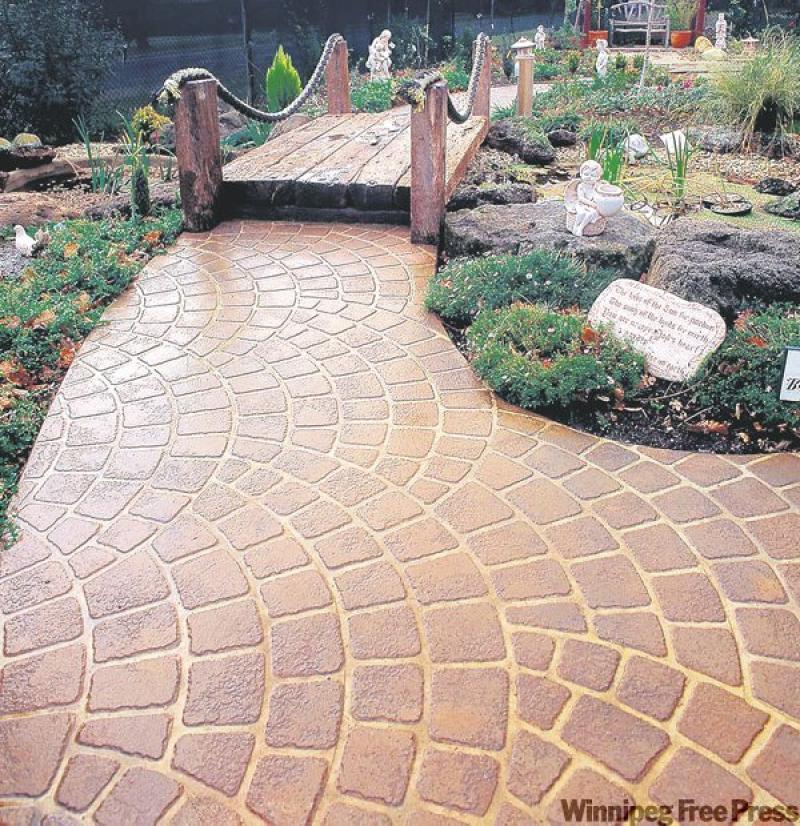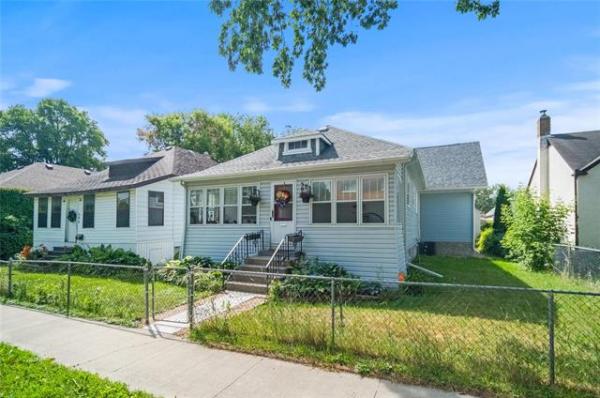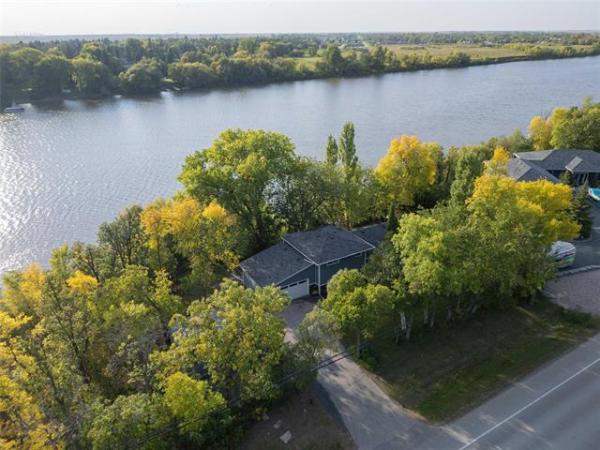
Outdoor spaces are no different. Make an overall plan for lounging, for eating and for play. Consider how these areas connect, and how to make them inviting. Then work in stages to pull the design together. Allow nature to become part of the process, adapting the "floor plan" to the shade trees, garden flowers and water features already in place.
Of course, the biggest challenge with outdoor spaces is the weather. Your indoor décor does not have to contend with buckets of rain, high winds, hot sun and vast temperature fluctuations. There are plenty of options for building walls and outdoor ceilings that fit gently into the garden, provide privacy, and, to a certain extent, provide shelter from the weather. Built from wood or iron, arbours and pergolas come in a variety of designs. They offer the necessary vertical and overhead structure to define boundaries, offer shade and privacy and you can choose to have them as solid or airy as your needs require. A simple stretch of lattice filled in with fast growing ivies and climbing perennials is the perfect back or side wall for any setting. Awnings are a more solid, permanent protective cover. These are easily found, or you can fashion your own outdoor awning and draperies using today's exceptional outdoor materials, such as Sunbrella, which are durable, mildew and fade resistant.
The look and feel of lush, green grass and other seasonal ground coverings is irresistible for outdoor rooms. Wood decking and paving stones provide areas of even ground and walkways. Another alternative for paths and patios is decorative concrete. There are two systems for creating patterns in concrete that are both a powerful design element and practical solution to drab concrete slabs. The first is a method of stenciling with concrete. This can be applied to an existing concrete base, even one that is old and cracked. Or you can start from scratch. Either way, a large stencil is laid down over a layer of new wet concrete, and the pattern is filled in with tinted concrete. Patterns include cobblestones, bricks, herringbone, weaves, flagstones and tiles. The finished design is sealed.
The stencilled stone pathway shown here is by Stencil Systems www.stencilsystems.com. It's a great solution for not only updating an outdoor area, but also adding a decorative element that is weather-proof and easy care. Stencil Systems also take care to use products that are earth-friendly.
The second technique is to add patterns by staining the concrete. This application can be applied to any existing concrete -- a pool deck, patio, or balcony. It's an exciting way to mark an entrance or create a focal point in your garden. Motifs can be custom-drawn or you can choose from a collection of traditional designs.
Once you have erected a few outdoor walls, some shade covering and outdoor flooring, your exterior room is ready to be furnished. Whatever you choose, be sure to set it up with a view that you love -- an old gnarly fruit tree, a goldfish pond or an urn overflowing with your favourite flowers. Enjoy your home retreat rain or shine.
Debbie Travis' House to Home column is produced by Debbie Travis and Barbara Dingle. Please e-mail your questions to house2home@debbietravis.com.



